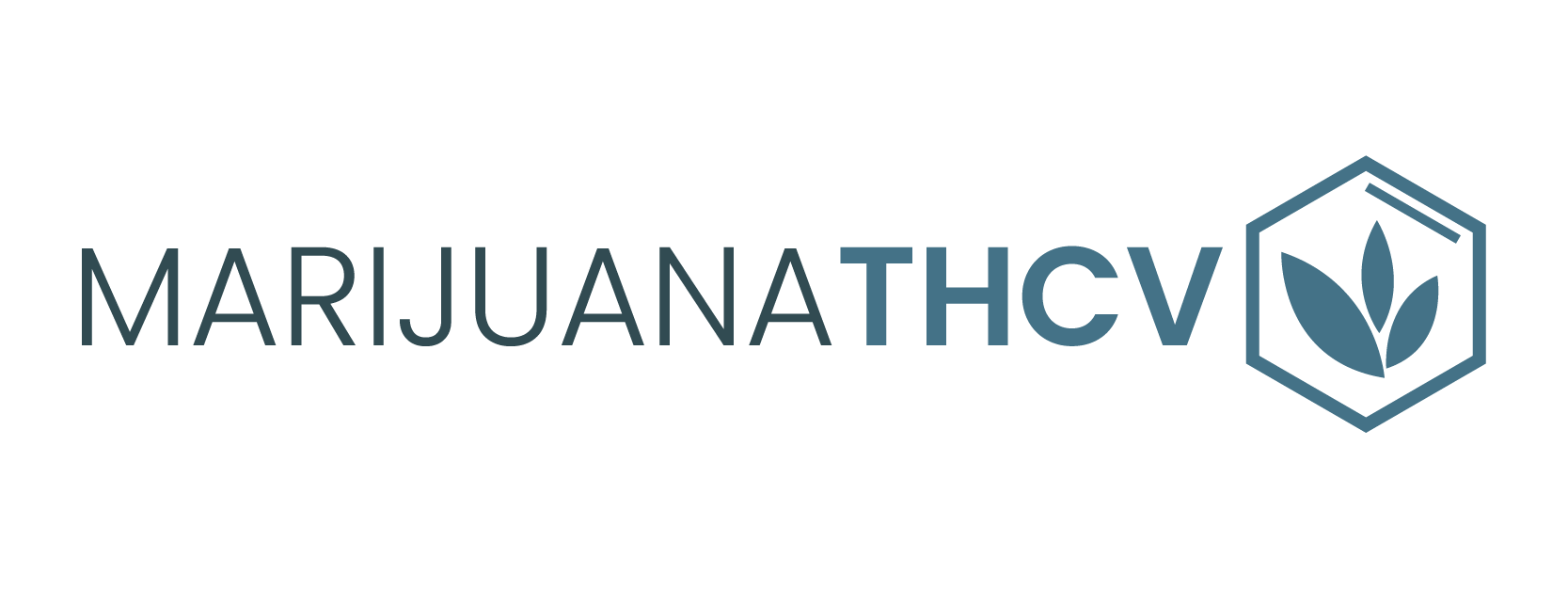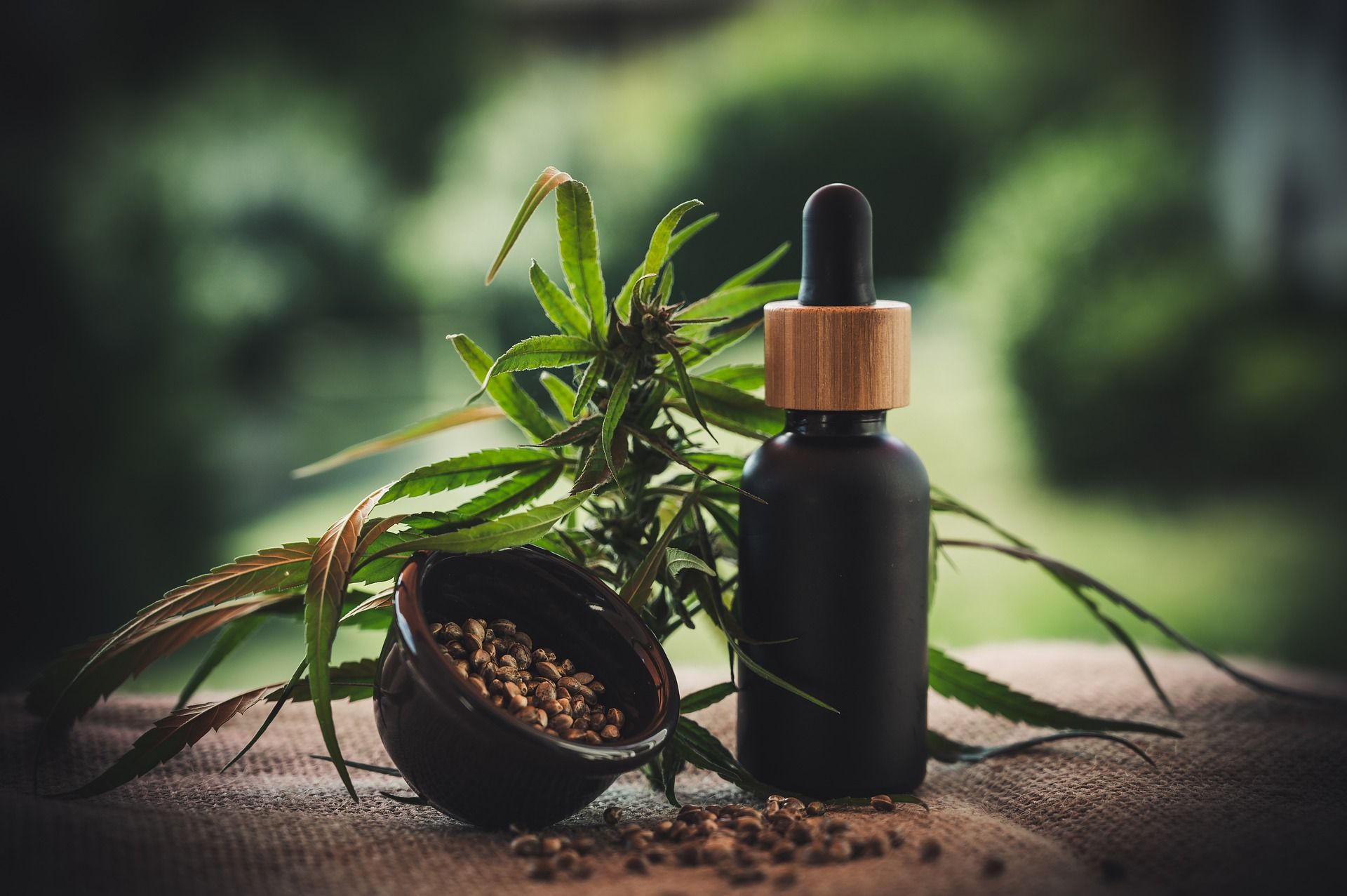Tetrahydrocannabivarin (THCV) is capturing increasing interest in the cannabis industry due to its unique effects and therapeutic promise. As a homolog of THC—with a three-carbon propyl side chain—THCV stands apart from traditional THC in its pharmacological profile, often acting as a CB1 antagonist and, at higher doses, as a CB1 agonist and CB2 partial agonist. It also engages receptors like GPR55 and 5-HT₁A, offering potential antipsychotic and anti-inflammatory benefits.
Plant-Derived THCV: Nature’s Rarity
THCV naturally occurs in certain Cannabis sativa and indica strains, particularly those originating from Central and Southern Asia and parts of Africa. In these cultivars, THCV content can reach up to 20% of total cannabinoids—though such strains remain uncommon. The biosynthesis of THCV involves divarinolic acid combining with geranyl pyrophosphate to form cannabigerovarinic acid (CBGVA), which then converts to THCV via decarboxylation—distinct from the pathway for THC.
Consumers seeking plant-derived THCV usually turn to rare, purpose-bred strains. While these offer a “natural” appeal, availability is limited and may come with variability in potency—just like other cannabinoids extracted from live plants.
Synthetic or Semi-Synthetic THCV: Lab-Made or CBD-Derived
By contrast, synthetic routes (or semi-synthetic methods using plant-based precursors) can yield THCV in a controlled, scalable manner. Semi-synthetic cannabinoids like Δ8-THC and HHC have already flooded the market, using hemp-derived compounds to skirt regulatory constraints—highlighting how semi-synthetic THCV could follow a similar path.
Fully synthetic THC analogues, crafted by pharmaceutical or academic chemists, have existed for decades—designed to retain therapeutic effects while minimizing psychoactive or side-effect risks. While these developments focus mostly on compounds like dronabinol, THCV’s rise may pave the way for lab-made versions with tailored profiles.
Risks, Regulation, and Consumer Considerations
On the plant-derived side, concerns include natural variability—cannabinoid concentrations can differ significantly between plants, even within the same batch. This variability complicates dosing and reliability for both growers and consumers.
For synthetic or semi-synthetic THCV, the risks tend to center around lack of oversight and potential impurities. Analogous to controversies around delta-8 THC production, where faulty processes lead to contaminants and mislabeled products, THCV made via unregulated synthetic methods could pose similar concerns. A molecule may be chemically identical regardless of origin, but safety and consumer trust come down to quality control, testing, and transparency.
Regulation is in flux. In some cases, regulators distinguish between naturally occurring and synthetic cannabinoids—especially where synthetic variants are excluded from hemp exemptions and may be banned outright.
Final Word: What’s Available?
- Plant-derived THCV: Attractive for its “natural” appeal and traditional extraction methods, but limited in supply and subject to significant variability.
- Synthetic or semi-synthetic THCV: Potentially more accessible and scalable, but carries regulatory uncertainty and heightened safety scrutiny unless produced under stringent, transparent standards.
As interest in THCV grows—driven by its non-intoxicating profile, appetite-suppressing and metabolic benefits, and emerging clinical interest—it’s critical for consumers and businesses to understand the differences in origin, consistency, and regulation. Whether you’re sourcing it for wellness formulations or R&D, knowing whether your THCV derives from carefully cultivated plants or controlled synthetic processes will determine both its reliability and regulatory pathway.
Learn: How Top Growers Use Advanced Cannabis Cultivation Techniques

